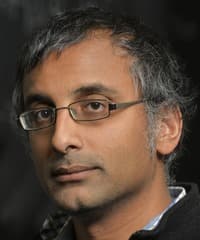
Akshay Venkatesh is an Australian mathematician and a professor at the School of Mathematics at the Institute for Advanced Study. His research interests are in the fields of counting, equidistribution problems in automorphic forms and number theory, in particular representation theory, locally symmetric spaces, ergodic theory, and algebraic topology. In 2018, he was awarded the Fields Medal for his synthesis of analytic number theory, homogeneous dynamics, topology, and representation theory.
Akshay Venkatesh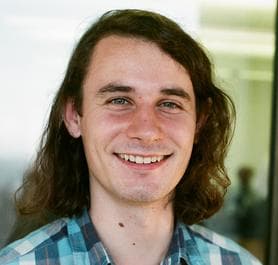
Peter Scholze is a German mathematician known for his work in algebraic geometry. He has been a professor at the University of Bonn since 2012, and director at the Max Planck Institute for Mathematics since 2018. He was awarded the Fields Medal in 2018,[33][34] for "transforming arithmetic algebraic geometry over p-adic fields through his introduction of perfectoid spaces, with application to Galois representations, and for the development of new cohomology theories."
Peter Scholze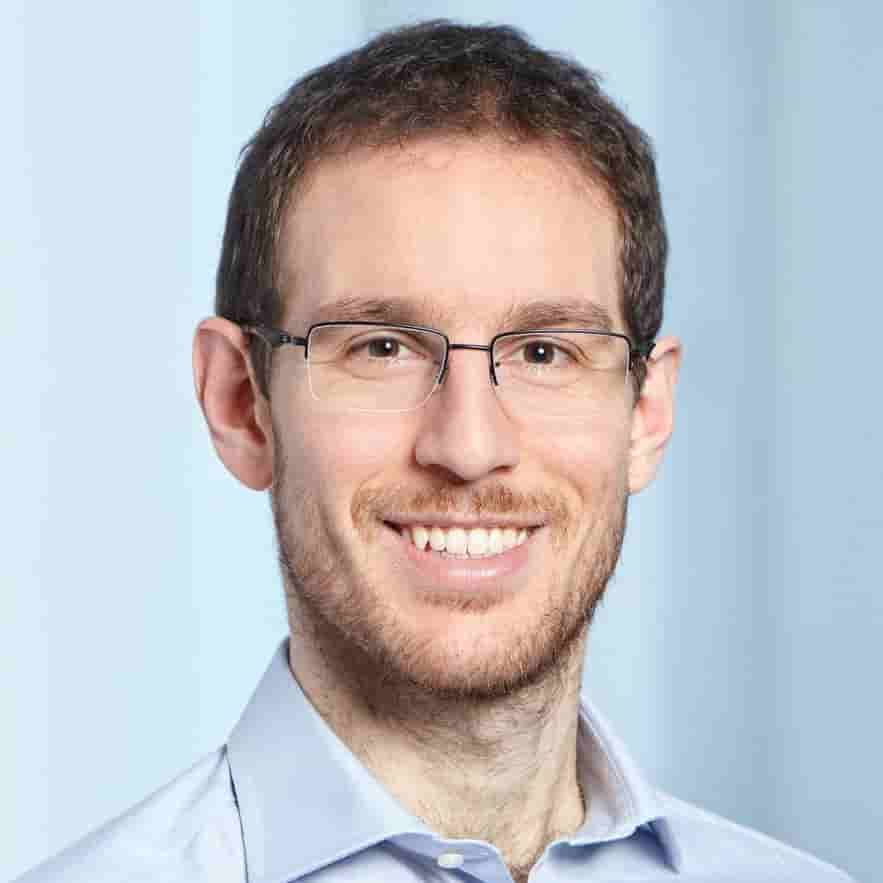
Alessio Figalli is an Italian mathematician working primarily on calculus of variations and partial differential equations. In 2018 he won the Fields Medal "for his contributions to the theory of optimal transport, and its application to partial differential equations, metric geometry, and probability".
Alessio Figalli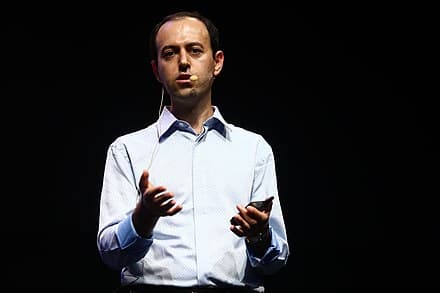
Caucher Birkar is a UK-based Iranian Kurdish mathematician and a professor at the University of Cambridge. He received a Fields Medal in 2018 "For the proof of the boundedness of Fano varieties and for contributions to the minimal model program".
Caucher Birkar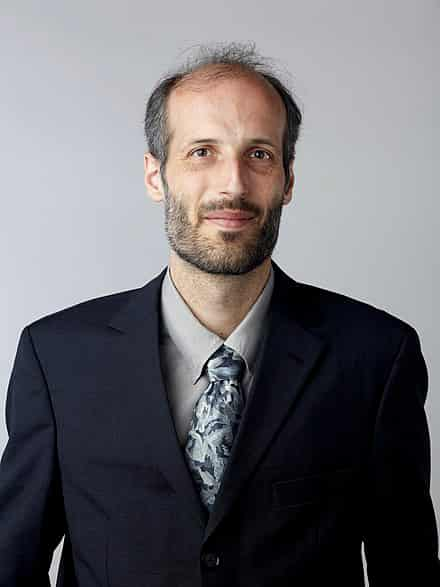
Martin Hairer is an Austrian mathematician working in the field of stochastic analysis, in particular stochastic partial differential equations. He was awarded the Fields Medal "For his outstanding contributions to the theory of stochastic partial differential equations, and in particular for the creation of a theory of regularity structures for such equations."
Martin Hairer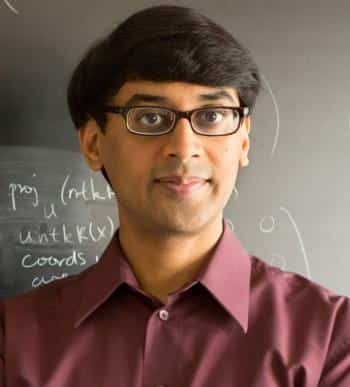
Bhargava was awarded the Fields Medal in 2014. According to the International Mathematical Union citation, he was awarded the prize "for developing powerful new methods in the geometry of numbers, which he applied to count rings of small rank and to bound the average rank of elliptic curves".
Manjul Bhargava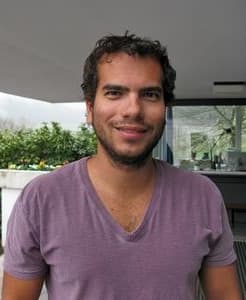
Avila received the Fields Medal in 2014 for his "Profound contributions to dynamical systems theory, which have changed the face of the field, using the powerful idea of renormalization as a unifying principle."
Artur Avila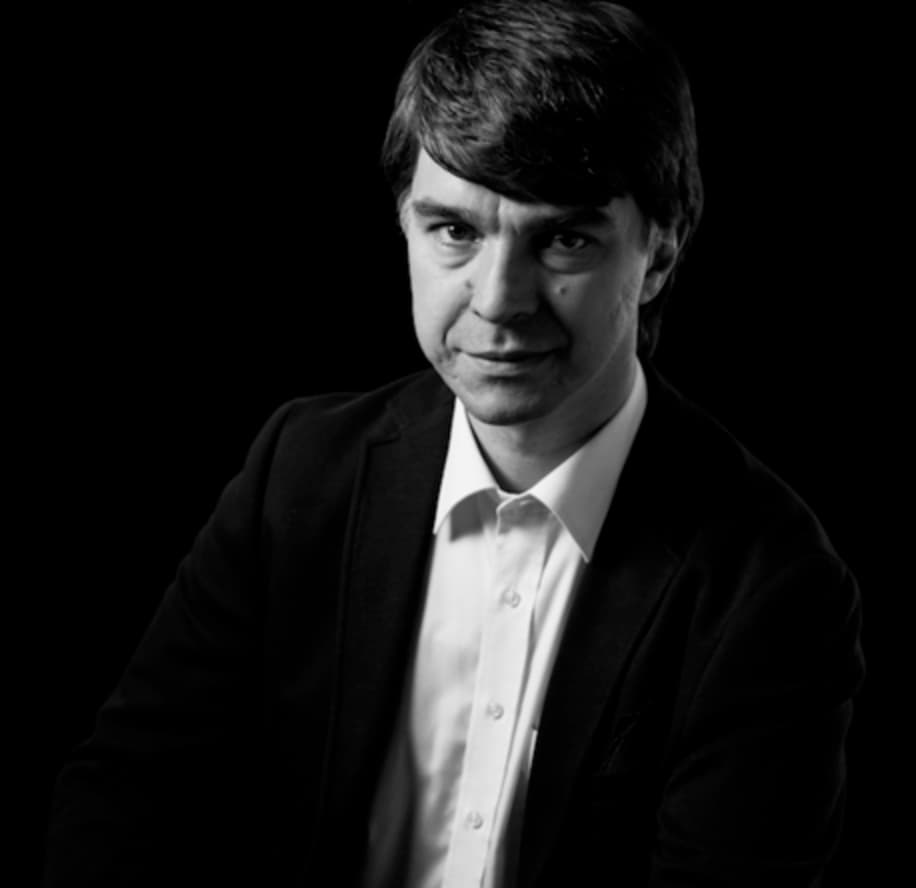
Fields Medal laureate of 2010 "For the proof of conformal invariance of percolation and the planar Ising model in statistical physics."
Stanislav Smirnov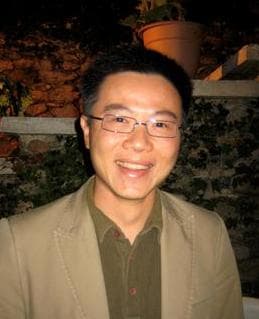
Ngô Bảo Châu received the Fields Medal in 2010 "For his proof of the Fundamental Lemma in the theory of automorphic forms through the introduction of new algebro-geometric methods."
Ngô Bảo Châu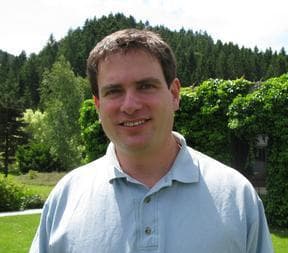
Lindenstrauss was recognized with the Fields Medal "For his results on measure rigidity in ergodic theory, and their applications to number theory."
Elon Lindenstrauss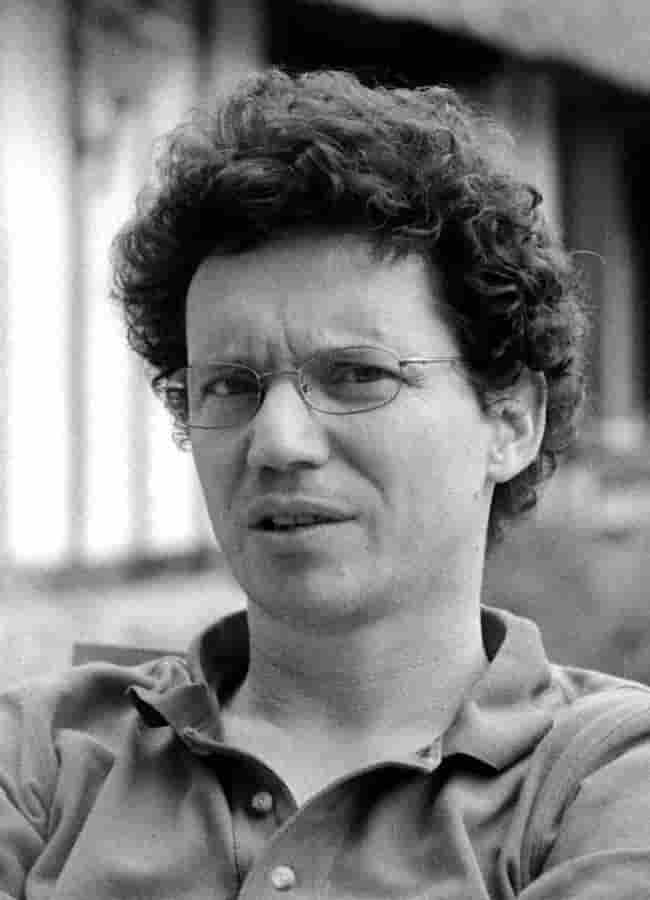
For his contributions to the development of stochastic Loewner evolution, the geometry of two-dimensional Brownian motion, and conformal field theory, Werner received the Fields Medal in 2006.
Wenderlin Werner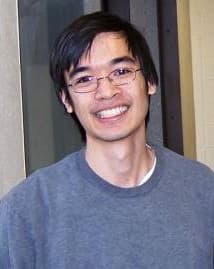
In 2006 Tao received the Fields Medal "For his contributions to partial differential equations, combinatorics, harmonic analysis and additive number theory."
Terence Tao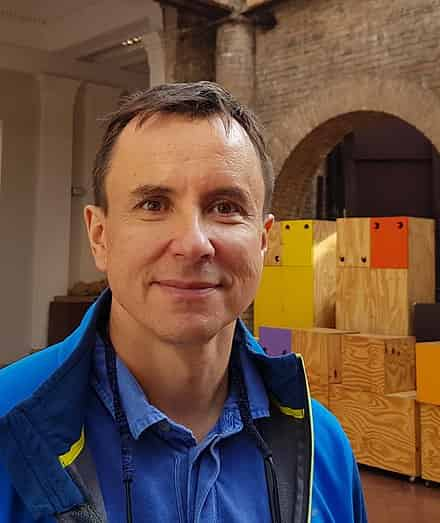
In 2006 Okounkov received the Fields Medal "For his contributions to bridging probability, representation theory and algebraic geometry."
Andrei Okounkov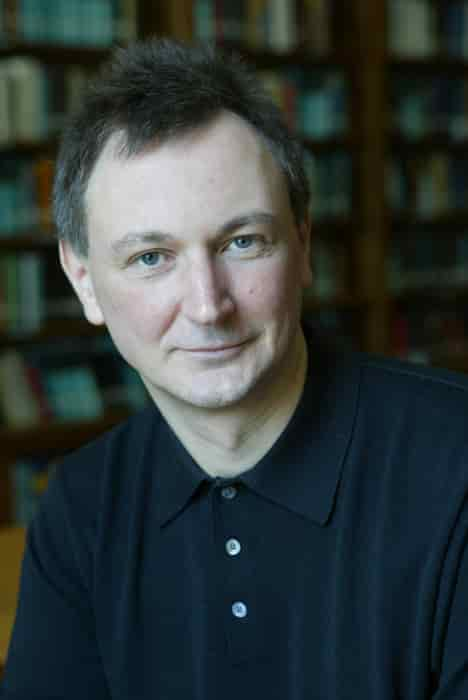
In 2002 Voevodsky received the Fields Medal for defining and developing motivic cohomology and the A1-homotopy theory of algebraic varieties, as well as proving the Milnor conjectures on the K-theory of fields.
Vladimir Voevodsky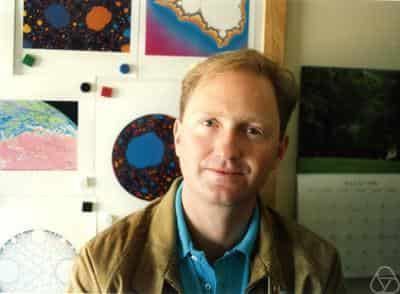
"McMullen has made important contributions to various branches of the theory of dynamical systems, such as the algorithmic study of polynomial equations, the study of the distribution of the points of a lattice of a Lie group, hyperbolic geometry, holomorphic dynamics and the renormalization of maps of the interval." He received the Fields Medal in 1998
Curtis T. McMullen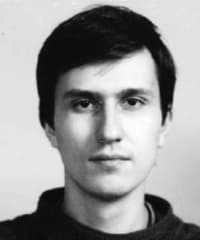
Maxim Lvovich Kontsevich is a Russian and French mathematician. He is a professor at the Institut des Hautes Études Scientifiques and a distinguished professor at the University of Miami. He received the Henri Poincaré Prize in 1997, the Fields Medal in 1998, the Crafoord Prize in 2008, the Shaw Prize and Fundamental Physics Prize in 2012, and the Breakthrough Prize in Mathematics in 2014.
Maxim Kontsevich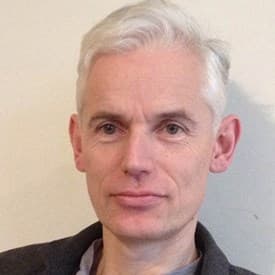
Fields Medal recipient of 1998. "William Timothy Gowers has provided important contributions to functional analysis, making extensive use of methods from combination theory. These two fields apparently have little to do with each other, and a significant achievement of Gowers has been to combine these fruitfully."
Timothy Gowers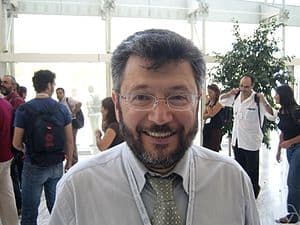
Zelmanov was awarded the Fields Medal in 1994 for his solution to the restricted Burnside problem
Efim Zelmanov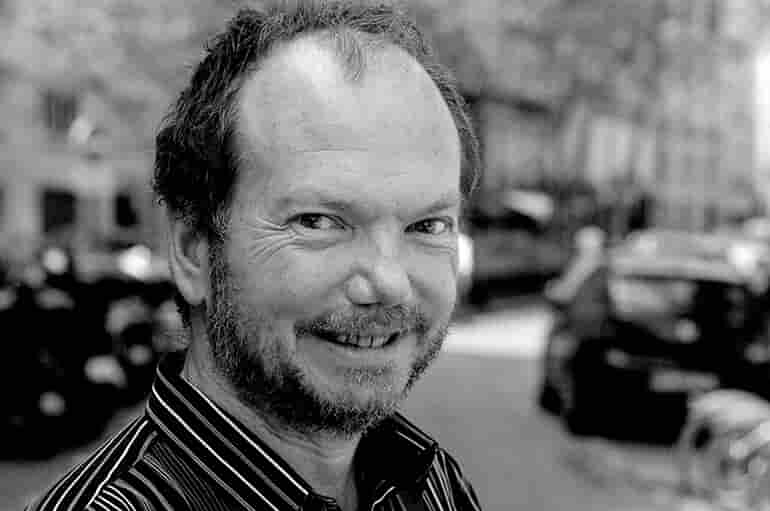
"Proving stability properties – dynamic stability, such as that sought for the solar system, or structural stability, meaning persistence under parameter changes of the global properties of the system." Fields Medal recipient of 1994.
Jean-Christophe Yoccoz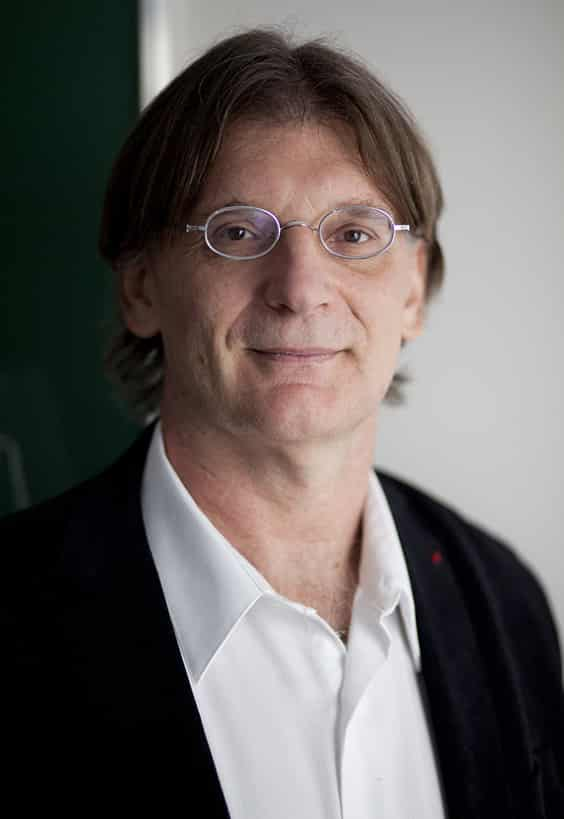
Lions received the Fields Medal, for his work on theory of nonlinear partial differential equations, in 1994 while working at the University of Paris-Dauphine. He was the first to give a complete solution to the Boltzmann equation with proof.
Pierre-Louis Lions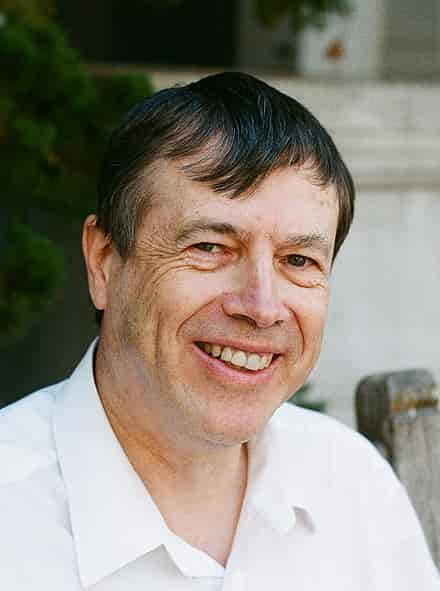
Bourgain's work touches on several central topics of mathematical analysis: the geometry of Banach spaces, convexity in high dimensions, harmonic analysis, ergodic theory, and finally, nonlinear partial differential equations from mathematical physics. He was awarded a Fields Medal in 1994.
Jean Bourgain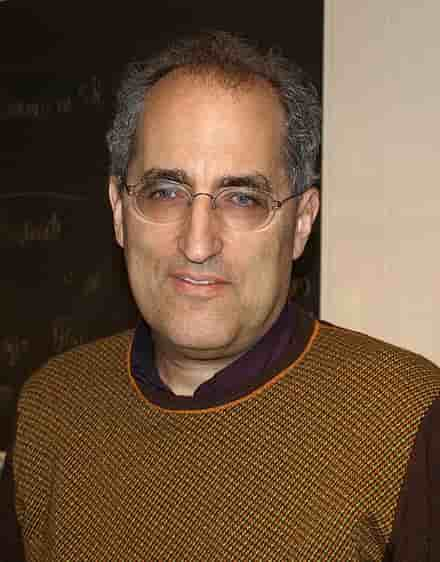
In 1990, Witten became the first physicist to be awarded a Fields Medal by the International Mathematical Union, awarded for his 1981 proof of the positive energy theorem in general relativity. Michael Atiyah commented for the ICM of Witten "Time and again he has surprised the mathematical community by a brilliant application of physical insight leading to new and deep mathematical theorems."
Edward Witten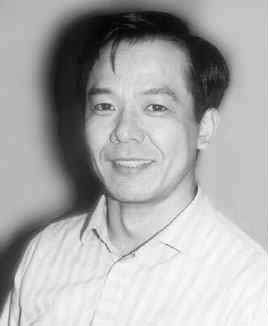
Shigefumi Mori is a Japanese mathematician, known for his work in algebraic geometry, particularly in relation to the classification of three-folds. He won a Fields Medal in 1990 for the proof of Hartshorne’s conjecture and his work on the classification of three-dimensional algebraic varieties.
Shigefumi Mori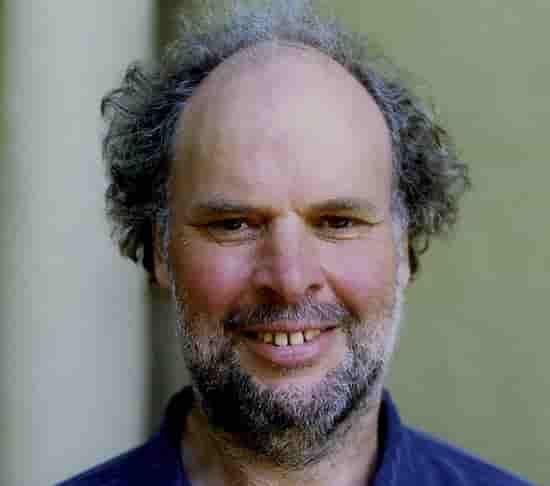
Sir Vaughan Frederick Randal Jones is a New Zealand mathematician, known for his work on von Neumann algebras and knot polynomials. He was awarded a Fields Medal in 1990 "For his discovery of an unexpected link between the mathematical study of knots – a field that dates back to the 19th century – and statistical mechanics, a form of mathematics used to study complex systems with large numbers of components."
Vaughan F. R. Jones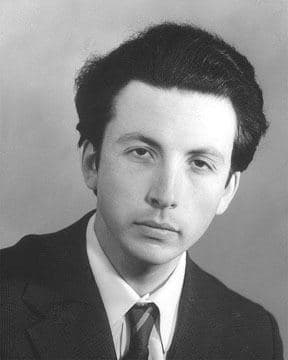
Drinfield was awarded the Fields Medal in 1990 for his work on quantum groups and for his work in number theory.
Vladimir Drinfeld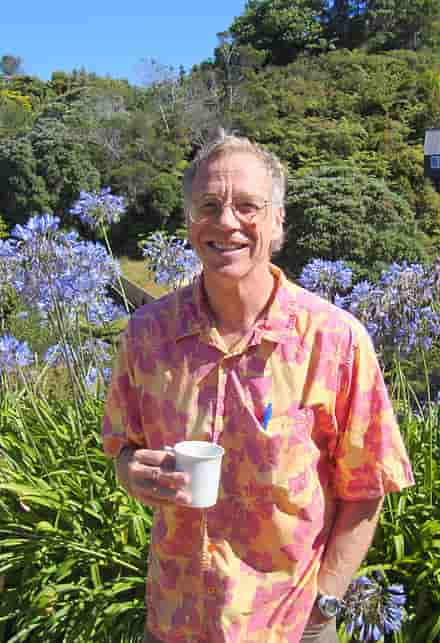
In 1986, Freedman was awarded the Fields Medal for his work on the 4-dimensional generalized Poincaré conjecture.
Michael H. Freedman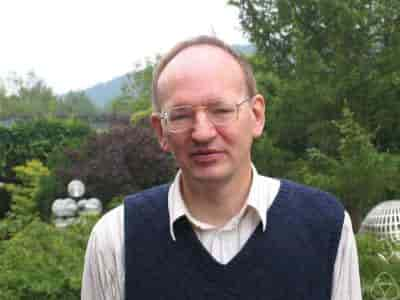
In 1986 Faltings was awarded the Fields Medal for proving the Tate conjecture for abelian varieties over number fields, the Shafarevich conjecture for abelian varieties over number fields and the Mordell conjecture, which states that any non-singular projective curve of genus g > 1 defined over a number field K contains only finitely many K-rational points.
Gerd Faltings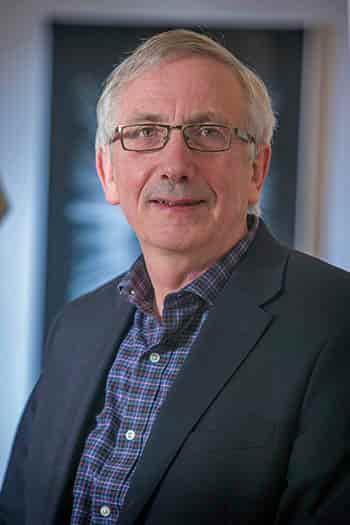
Simon Donaldson is an English mathematician known for his work on the topology of smooth (differentiable) four-dimensional manifolds and Donaldson–Thomas theory. He received the Fields Medal in 1986 for his work on topology of four-manifolds, especially for showing that there is a differential structure on euclidian four-space which is different from the usual structure. In 2020 he was recognized witht he Wolf Prize in Mathematics for contributions to differential geometry and topology.
Simon Donaldson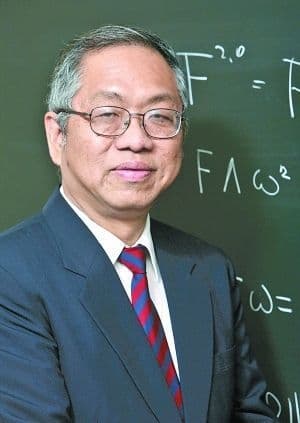
Shing-Tung Yau is a Chinese-born naturalized American mathematician who was awarded the Fields Medal in 1982 for having made "contributions in differential equations, also to the Calabi conjecture in algebraic geometry, to the positive mass conjecture of general relativity theory, and to real and complex Monge–Ampère equations."
Shing-Tung Yau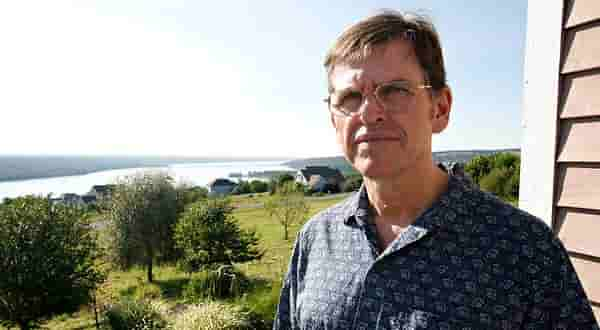
Thurston won the Fields Medal for revolutionizing the study of topology in 2 and 3 dimensions, showing interplay between analysis, topology, and geometry. Contributed the idea that a very large class of closed 3-manifolds carry a hyperbolic structure.
William P. Thurston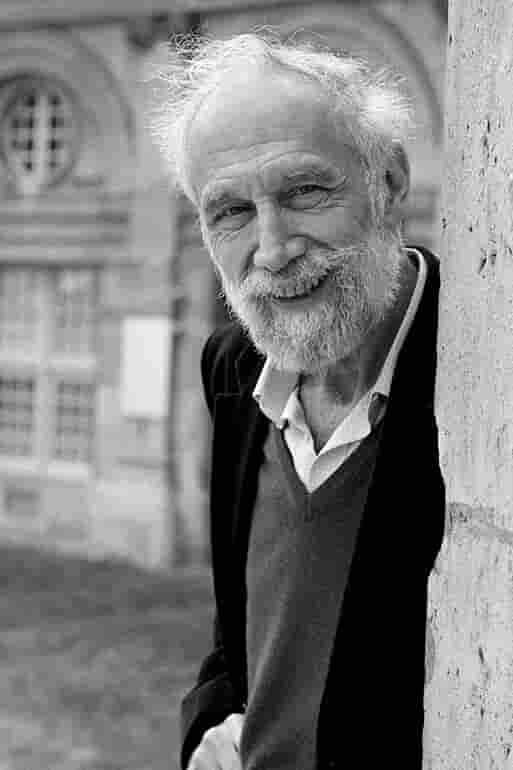
Connes was awarded the Fields Medal for having contributed to the theory of operator algebras, particularly the general classification and structure theorem of factors of type III, classification of automorphisms of the hyperfinite factor, classification of injective factors, and applications of the theory of C*-algebras to foliations and differential geometry in general.
Alain Connes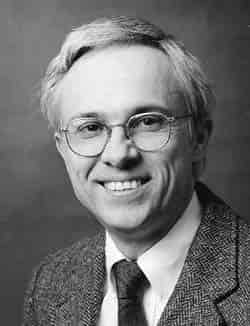
Quillen's best known contribution - mentioned specifically in his Fields medal citation, 1978 - was his formulation of higher algebraic K-theory in 1972. This new tool, formulated in terms of homotopy theory, proved to be successful in formulating and solving problems in algebra, particularly in ring theory and module theory. More generally, Quillen developed tools (especially his theory of model categories) that allowed algebro-topological tools to be applied in other contexts.
Daniel Quillen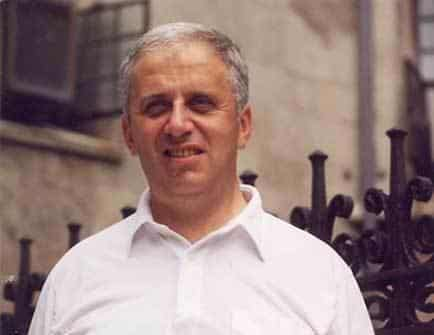
Gregory Margulis is a Russian-American mathematician known for his work on lattices in Lie groups, and the introduction of methods from ergodic theory into diophantine approximation. He won the Fields Medal in 1978 for providing innovative analysis of the structure of Lie groups and received the Abel Prize in 2020.
Gregory Margulis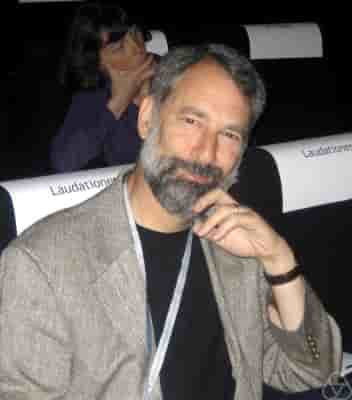
Fefferman contributed several innovations that revised the study of multidimensional complex analysis by finding correct generalizations of classical (low-dimensional) results and was awarded the Fields Medal in 1978.
Charles Fefferman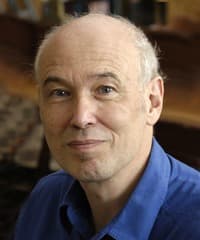
Received the Fields Medal in 1978 for "Giving the solution of the three Weil conjectures concerning generalizations of the Riemann hypothesis to finite fields. His work did much to unify algebraic geometry and algebraic number theory."
Pierre Deligne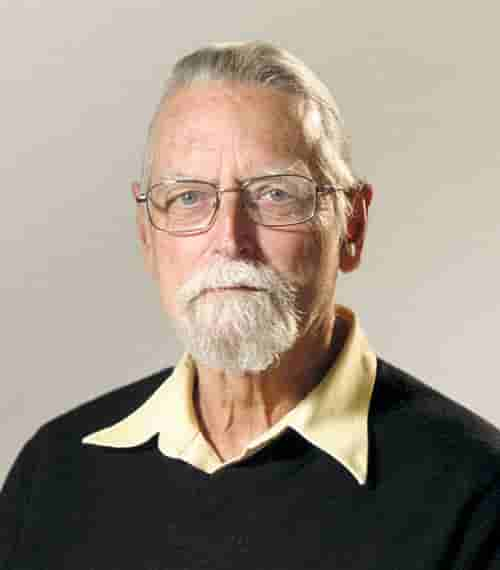
Known for distinguished work in algebraic geometry, and then for research into vision and pattern theory. He won the Fields Medal in 1974 and was a MacArthur Fellow. In 2010 he was awarded the National Medal of Science. He is currently a University Professor Emeritus in the Division of Applied Mathematics at Brown University.
David Mumford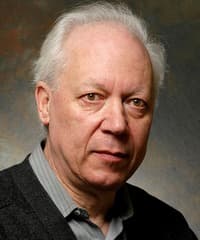
Bombieri was awarded the Fields Medal in 1974 for "Major contributions in the primes, in univalent functions and the local Bieberbach conjecture, in theory of functions of several complex variables, and in theory of partial differential equations and minimal surfaces – in particular, to the solution of Bernstein's problem in higher dimensions."
Enrico Bombieri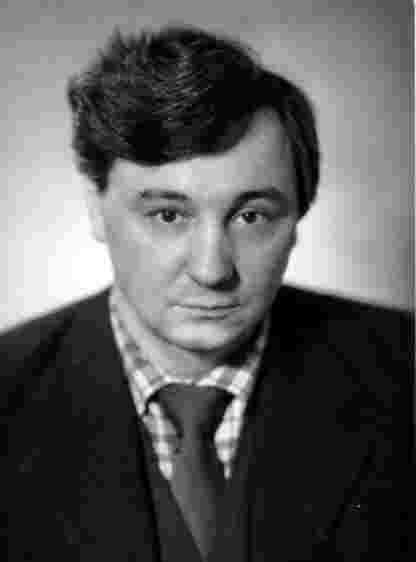
Novikov won the Fields Medal in 1970 for having made important advances in topology, the most well-known being his proof of the topological invariance of the Pontryagin classes of the differentiable manifold. His work included a study of the cohomology and homotopy of Thom spaces.
Sergei Novikov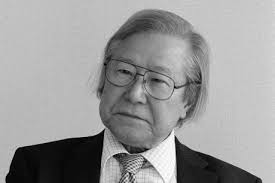
Heisuke Hironaka won the Fields Medal in 1970 for generalizing the work of Zariski who had proved for dimension ≤ 3 the theorem concerning the resolution of singularities on an algebraic variety. Hironaka proved the results in any dimension.
Heisuke Hironaka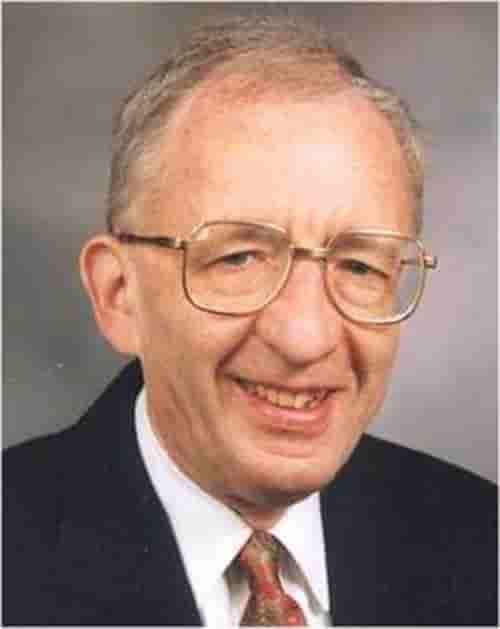
Baker generalized the Gelfond-Schneider theorem (the solution to Hilbert's seventh problem). From this work he generated transcendental numbers not previously identified. For these achievements he was recognized with the Fields Medal in 1970.sea
Alan Baker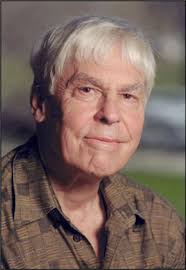
Worked in differential topology where he proved the generalized Poincaré conjecture in dimension n≥5: Every closed, n-dimensional manifold homotopy-equivalent to the n-dimensional sphere is homeomorphic to it. Introduced the method of handle-bodies to solve this and related problems.
Stephen Smale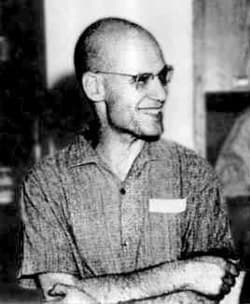
Built on work of Weil and Zariski and effected fundamental advances in algebraic geometry. He introduced the idea of K-theory (the Grothendieck groups and rings). Revolutionized homological algebra in his celebrated ‘Tôhoku paper’.
Alexander Grothendieck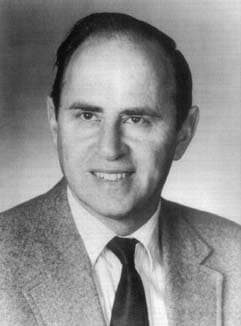
Cohen won the Fields Medal for using a technique called "forcing" to prove the independence in set theory of the axiom of choice and of the generalized continuum hypothesis. The latter problem was the first of Hilbert's problems of the 1900 Congress.
Paul Joseph Cohen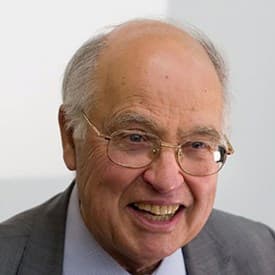
Atiyah won the Fields Medal in 1966 for "joint work with Hirzebruch in K-theory; proved jointly with Singer the index theorem of elliptic operators on complex manifolds; worked in collaboration with Bott to prove a fixed point theorem related to the 'Lefschetz formula'."
Michael Atiyah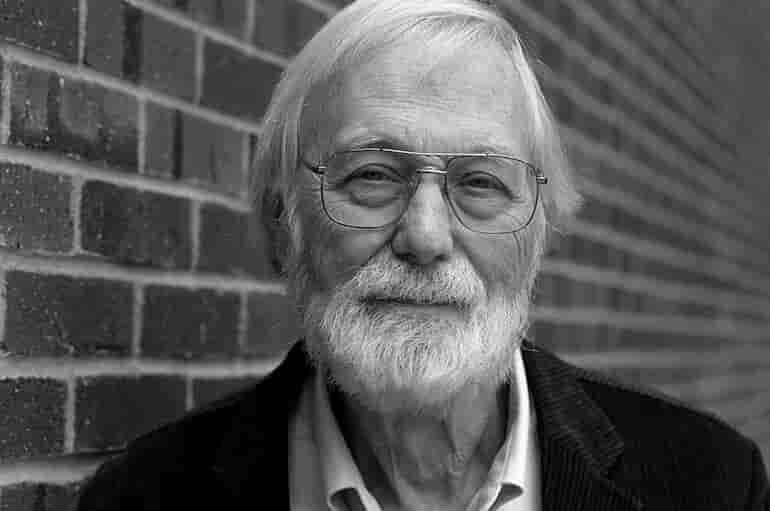
Milnor won the Fields Medal in 1962 for proving that a 7-dimensional sphere can have several differential structures, which led to the creation of the field of differential topology.
John W. Milnor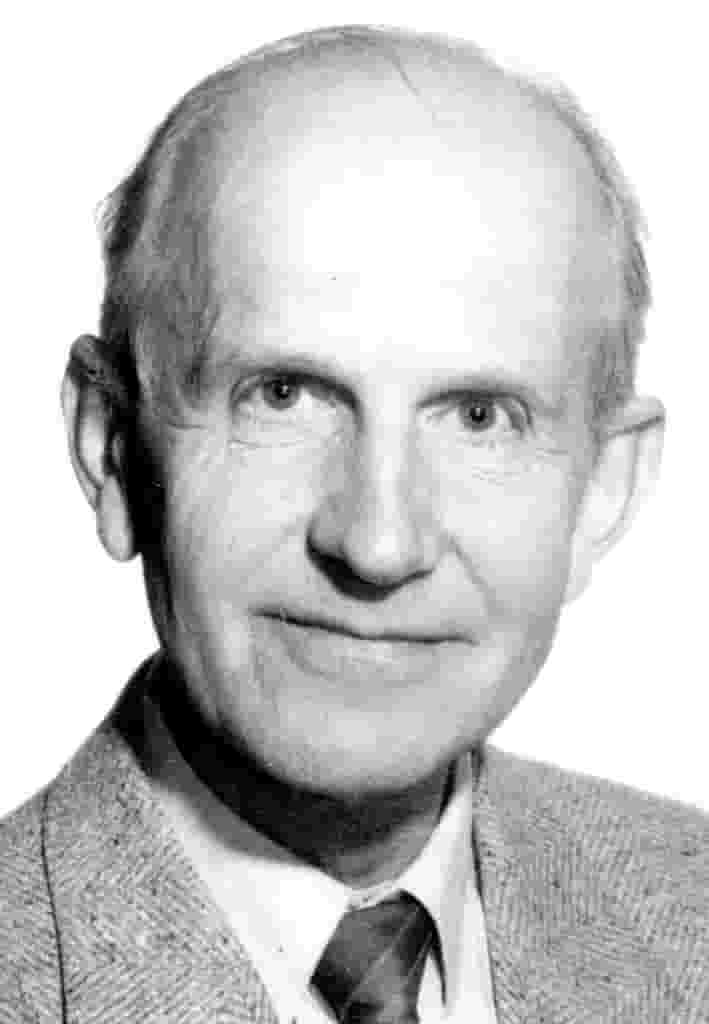
Hörmander won the Fields Medal in 1962 for his work in partial differential equations. His Analysis of Linear Partial Differential Operators I–IV is considered a standard work on the subject of linear partial differential operators. He also won the Wolf Prize in 1988.
Lars Hörmander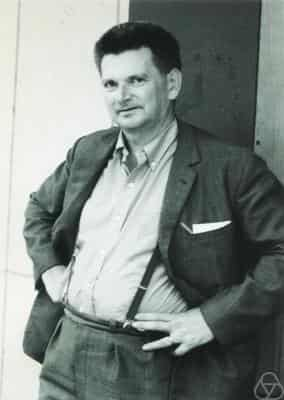
Thom made his reputation as a topologist, moving on to aspects of what would be called singularity theory; becaming world-famous among the wider academic community and the educated general public for his work as founder of catastrophe theory
René Thom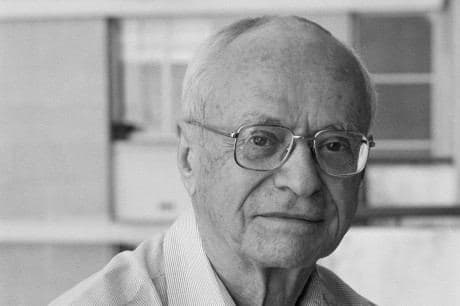
Serre received the Fields Medal in 1954 for having achieved major results on the homotopy groups of spheres, especially in his use of the method of spectral sequences and reformulating and extending some of the main results of complex variable theory in terms of sheaves.
Jean-Pierre Serre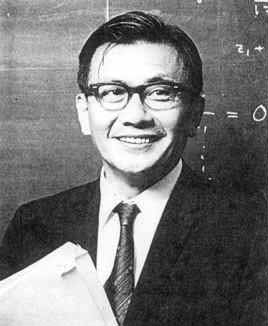
Kunihiko Kodaira achieved major results in the theory of harmonic integrals and numerous applications to Kählerian and more specifically to algebraic varieties. He demonstrated, by sheaf cohomology, that such varieties are Hodge manifolds. He was awarded the Fields Medal in 1954 and was the first Japanese national to receive the award
Kunihiko Kodaira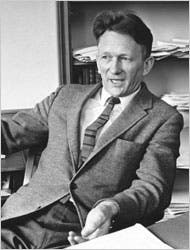
Selberg developed generalizations of the sieve methods of Viggo Brun; achieved major results on zeros of the Riemann zeta function; gave an elementary proof of the prime number theorem (with P. Erdős), with a generalization to prime numbers in an arbitrary arithmetic progression. He was awarded the Fields Medal in 1950.
Atle Selberg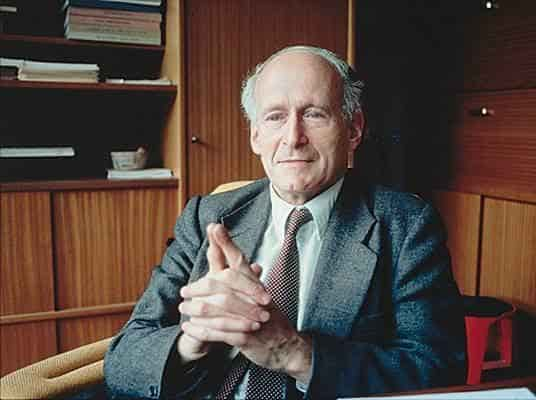
Laurent Schwartz won the Fields Medal in 1950 for developing the theory of distributions, a new notion of generalized function motivated by the Dirac delta-function of theoretical physics.
Laurent Schwartz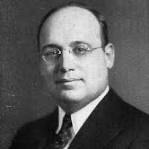
Jesse Douglas’s work on differential equations allowed him to solve a mathematical problem that had remained unanswered since it was first proposed in 1760. He presented a solution to the Plateau problem: how to find the minimal surface bounded by a contour. He published his work as 'Solution of the Problem of Plateau' in the Transactions of the American Mathematical Society in 1931. He was awarded the first Fields Medal in 1936 for his discovery.
Jesse Douglas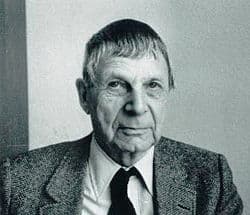
Ahlfors was awarded the Fields Medal in 1938 for research on covering surfaces related to Riemann surfaces of inverse functions of entire and meromorphic functions. Opened up new fields of analysis.
Lars Ahlfors